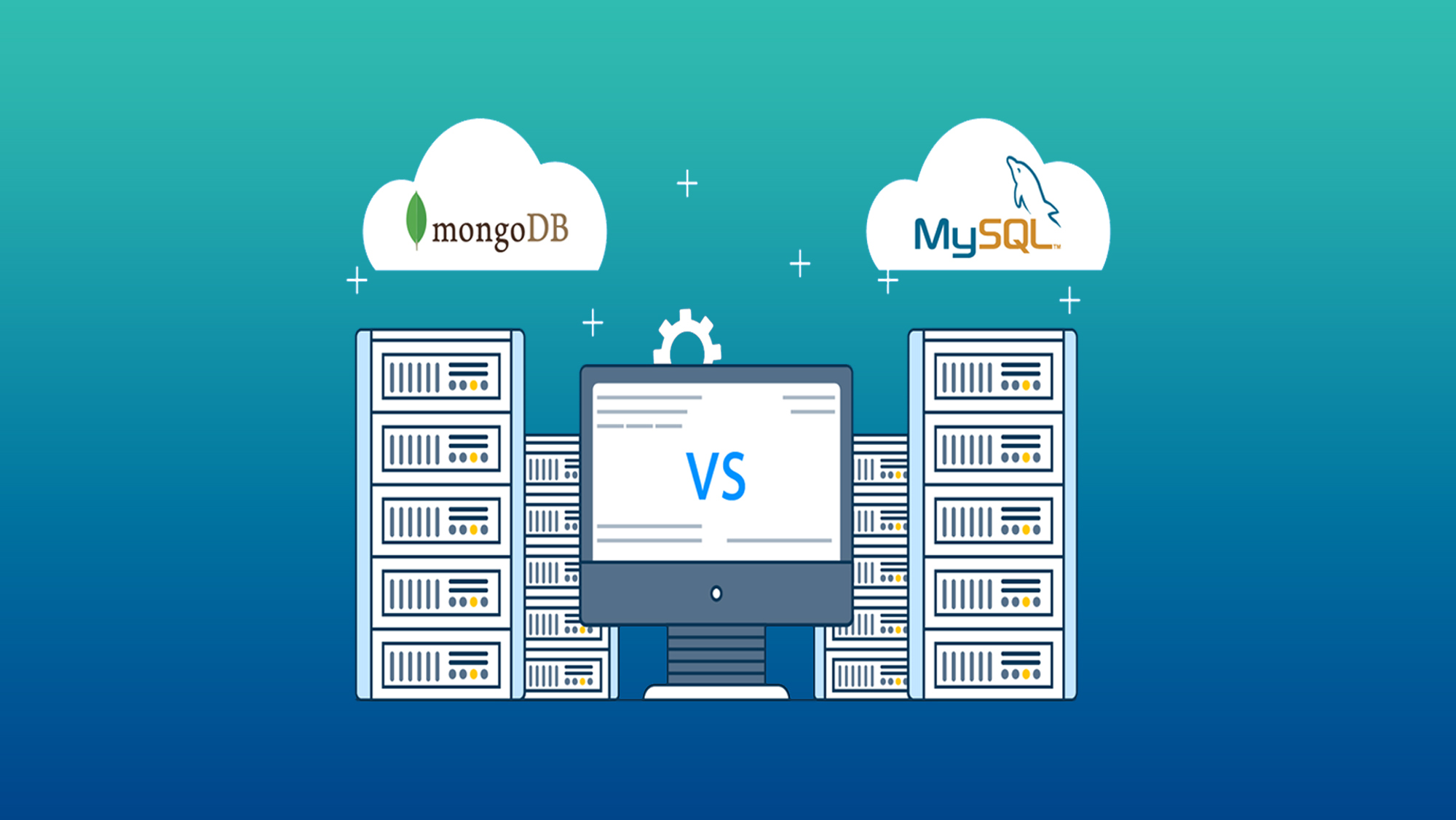Hive Vs Traditional Databases: Unleashing Big Data Analytics Future
Introduction:
The explosion of data in today's digital landscape has ushered in a new era of analytics and insights. As organizations grapple with enormous volumes of data, the need for robust and scalable data processing solutions has become paramount. In this pursuit, technologies like Hive and traditional databases play crucial roles. In this detailed blog, we'll embark on a journey to compare Hive with traditional databases, exploring their strengths, limitations, and the transformative potential they hold for the future of Big Data analytics.
Understanding Hive: Empowering Big Data Analytics
What is Hive?
Hive is a data warehousing and SQL-like query language built on top of the Hadoop ecosystem. It provides a high-level abstraction for querying and managing large datasets stored in Hadoop's distributed file system (HDFS). Hive's primary objective is to enable analysts, data scientists, and business users to interact with Big Data without requiring expertise in complex programming languages or distributed systems.
Strengths of Hive
- Scalability: Hive leverages the distributed architecture of Hadoop, enabling it to scale horizontally to handle massive datasets across a cluster of commodity hardware.
- SQL-like Interface: Hive's query language, called Hive Query Language (HQL), resembles SQL, making it accessible to individuals familiar with relational databases.
- Data Transformation: Hive supports ETL (Extract, Transform, Load) processes through its data transformation capabilities, allowing users to preprocess and cleanse data before analysis.
- Optimized for Batch Processing: Hive is well-suited for batch processing scenarios, where large datasets are processed in scheduled intervals.
- Integration with Ecosystem: Hive seamlessly integrates with other Hadoop ecosystem tools like HBase, Pig, and Spark, allowing users to leverage a wide range of data processing capabilities.
Comparing Hive with Traditional Databases
1. Schema Flexibility
- Traditional Databases: Traditional databases, often relational, require a well-defined schema upfront. Schema changes can be complex and may disrupt ongoing operations.
- Hive: Hive provides schema-on-read, allowing users to define the structure of data during query execution. This flexibility is advantageous when dealing with unstructured or semi-structured data.
2. Query Language
- Traditional Databases: Relational databases use SQL as the standard query language, which is familiar to most data professionals.
- Hive: Hive uses HQL, which closely resembles SQL. However, complex queries might perform slower due to the underlying MapReduce processing.
3. Performance
- Traditional Databases: Traditional databases are optimized for transactional operations and perform well for small to medium-sized datasets.
- Hive: While Hive is scalable and suitable for large datasets, it may not match the real-time performance of traditional databases for ad-hoc queries.
4. Data Processing Paradigm
- Traditional Databases: Traditional databases are optimized for OLAP (Online Analytical Processing) or OLTP (Online Transaction Processing), depending on the use case.
- Hive: Hive is well-suited for batch processing and data warehousing scenarios. Its performance shines in complex data transformations and analytics tasks.
5. Use Cases
- Traditional Databases: Traditional databases excel in scenarios where data is well-structured, and real-time processing is critical, such as online banking applications.
- Hive: Hive is ideal for scenarios involving large-scale data processing, log analysis, social media analytics, and other Big Data use cases.
Unleashing the Future: Hive's Impact on Big Data Analytics
Hive's role in the future of Big Data analytics is undeniably transformative. As organizations continue to grapple with exponential data growth, Hive's ability to process and analyze vast amounts of data will be crucial for extracting meaningful insights. Additionally, Hive's integration with emerging technologies like Apache Spark and the rise of cloud-based Big Data platforms further solidifies its place in the analytics landscape.
Conclusion:
Hive and traditional databases each offer unique strengths and are designed to cater to specific data processing requirements. Hive's scalability, ease of use, and integration with the Hadoop ecosystem make it a valuable tool for Big Data analytics. However, traditional databases continue to excel in real-time transactional scenarios. The future of Big Data analytics lies in harnessing the strengths of both technologies, leveraging Hive's ability to process large datasets alongside the real-time capabilities of traditional databases. By understanding the strengths and limitations of Hive and traditional databases, organizations can make informed decisions to drive transformative insights and innovation in the Big Data landscape.
You May Also Like
These Related Stories

Mastering Hive: Unleashing SQL-Like Queries for Data Analysis

Everything You Need to Know About Hive Training



No Comments Yet
Let us know what you think